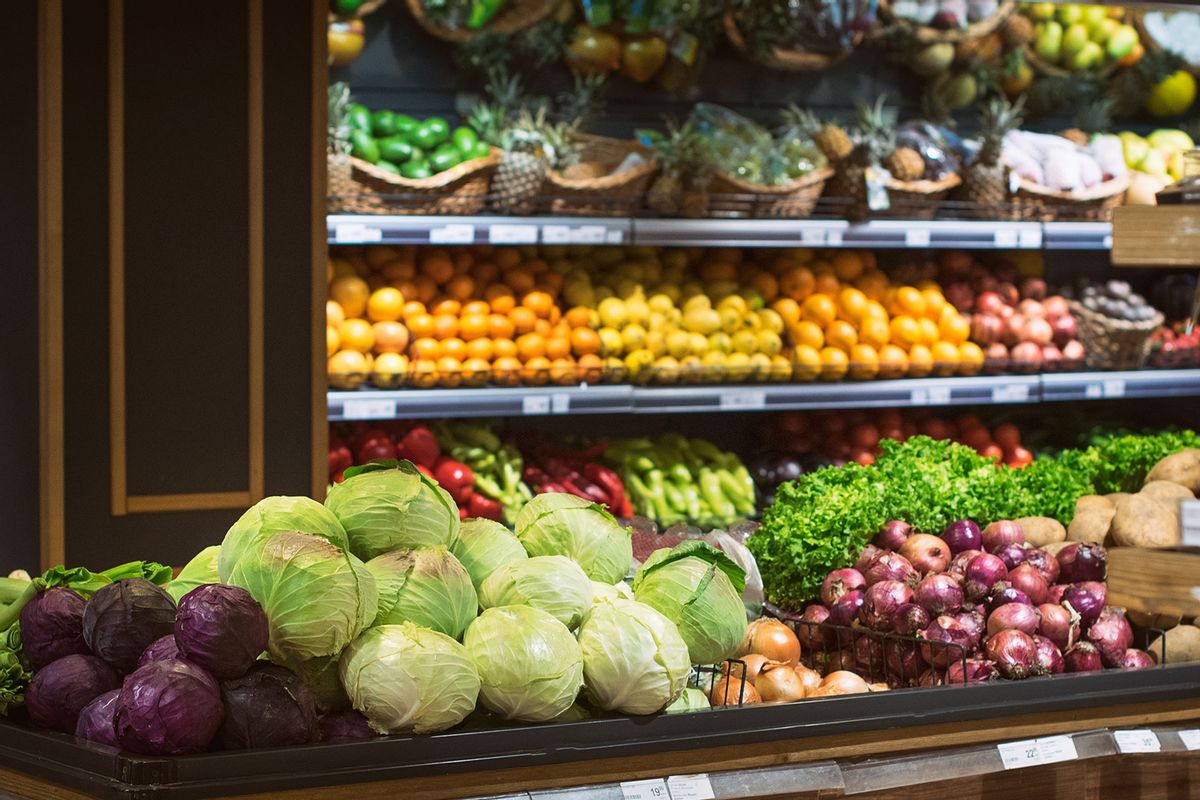Consumer Reports — the watchdog group that’s currently urging the Department of Agriculture to remove Lunchables from the National School Lunch Program — found that pesticide contamination posed serious risks in popular produce items, per a new report.
In what’s being described as its “most comprehensive review ever of pesticides in food,” Consumer Reports analyzed seven years of data from the USDA, which tests a selection of conventional and organic produce grown in or imported to the U.S. for pesticide residues on a yearly basis. The group was told by the Alliance for Food and Farming that more than 99 % of foods tested by the USDA contained pesticide residues below the EPA’s legal limits. But Consumer Reports believe many of the EPA limits are set too high.
“The way the EPA assesses pesticide risk doesn’t reflect cutting-edge science and can’t account for all the ways the chemicals might affect people’s health, especially given that people are often exposed to multiple pesticides at a time,” said Consumer Reports senior scientist Michael Hansen, PhD. “So we take a precautionary approach to make sure we don’t underestimate risks.”
The group examined 59 common fresh fruits and vegetables along with their canned, dried or frozen variations. Consumer Reports found that pesticides “posed significant risks” in 20% of the foods they examined, including bell peppers, blueberries, green beans, potatoes, and strawberries. Green beans, in particular, contained residues of a pesticide that hasn’t been allowed to be used on the vegetable in the U.S. for over a decade. And imported produce, especially some from Mexico, was likely to carry especially high levels of pesticide residues.
On the bright side, pesticides were relatively low in nearly two-thirds of the foods, including nearly all of the organic ones. The largest risks come from just a few pesticides that are concentrated in a “handful of foods, grown on a small fraction of U.S. farmland,” Consumer Reports noted. This means that pesticides are easier to identify and tackle with targeted solutions.

Shares